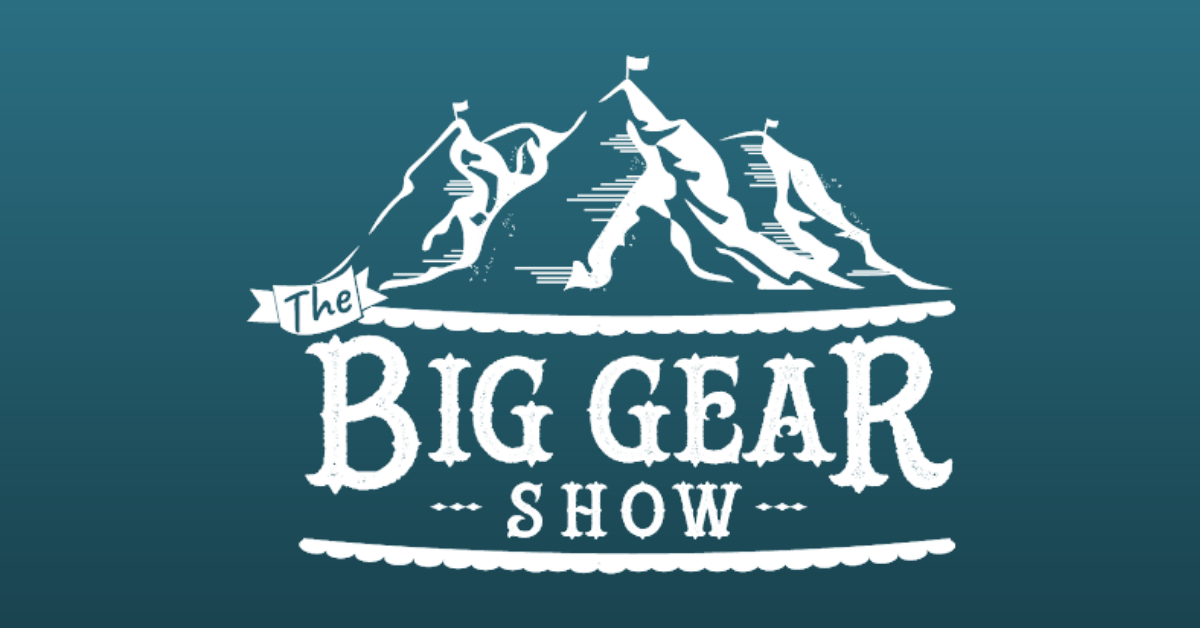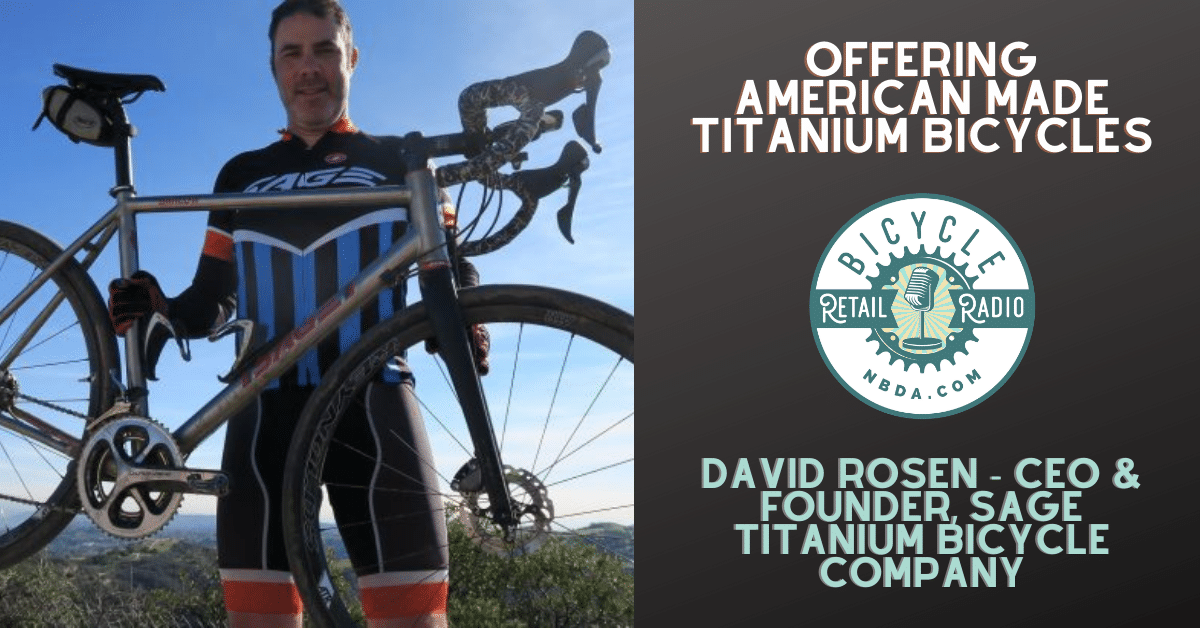Interview with Bob Margevicius, Part 1
Recently our very own Kristin Carpenter had the opportunity to speak with Bob Margevicius from Specialized about all things related to supply chain. Bob is the Executive Vice President of Specialized and has over 45 years of experience in the bicycle industry. There are some amazing findings from their discussion and we’ll be sharing highlights of their interview in three parts.
In Part 1, Bob and Kristin discuss Bob’s take on global sourcing and supply, and how demand has surged in 2020. Take a look at Part 1 below and look below for Parts 2 & 3.
KRISTIN CARPENTER
Bob, It’s so nice to meet you. I’ve heard incredible things about you from so many people. Let’s dive right in. My understanding is that your area of expertise centers around global sourcing and supply. Can we talk more about this and what you do?
BOB MARGEVICIUS
Yes, I’m involved in sourcing and supply from a global perspective. Right now, together with key European bicycle leaders, we’re working to map out the global outlook for bicycles and cycling. The bike industry in the United States has been stable at 16 million (plus or minus two million) for over 30 years and the European market has been 18 million (plus or minus two) for about 30 years. So, what we’ve seen happening, starting in April was a spike. And the spike in demand was significant. It was close to double what we had seen in the previous April, May, and June. It has since toned down, but It’s still up 30%.
So what we’re evaluating is whether this sparked an interest in cycling that has legs going beyond where it is today? And if so, what is the new plateau? If the current plateau for 30 years is 16 million, is there a new plateau? Is the new plateau 18 million? Twenty million? And for the European community, is it 20 million, 22 million, 24 million? Because we’re the two biggest single developed markets for bikes in the world, it is critical we understand and service the market needs. From the supply side, the complexity of this is very challenging for us today. The key component factories like Shimano, SRAM, Fox, RockShox or others are geared up for 16 million (USA) plus 18 million (EU).
We need to go back to the suppliers, the Shimano’s, the SRAMs, and others, to get them to believe and to inspire them to invest, because capital investments are big. When I spoke to key leaders at these component makers a month or so ago, they said, “You know, Bob, it really sounds good. You want us to invest between $100 to $300 million, and we’re not going to see the returns on that for many years. Essentially, we’re not going to be ready to be able to scale up capacity until, at the least, two years from now. And so, two years from now, is the demand to be at the same pace that it is today?”
KC
And are we going to continue to see this growth pattern?
BM
Kristin, I wish I knew the answer to it. From the European side, as well as from the American side, we believe the market will continue to grow. We are investing. We’re willing to put some skin in the game. We’re all ready to start investing in whether it’s via social media, advocacy, promotions, marketing, and/or advertising to continue to keep those COVID riders engaged. We’re all aligned on that and we all are aligned on the fact that there’s a good opportunity to keep the excitement and the engagement alive. Engagement and keeping that excitement alive is going to be from three key market sectors.
The first area where we’re going to continue to see growth is with kids’ bikes. A lot of that has to do with parents. Kristin, you’re a parent, and you know what it’s like. Parents historically have been very cautious around the safety of their kids, and hesitant to send them outside and ride independently on the streets. What we’ve found during the COVID era is that parents don’t want their kids watching videos and playing video games all day. They also don’t want them using up all the valuable Wi-Fi while they’re working from home. So they buy them a bike and send them out of the house for the day. Their kid comes back happy and smiling, and the parents have found new inspiration. They’re now confident that they can trust that their kids are going to be safe and happy. I think that that trend is going to continue. We’re going to see a new generation of parents who have confidence in the safety of the product and safety of their kids.
The second area where we’ll see continued growth is with people graduating from sport bikes to performance bikes. There will be some post-COVID buyers who are going to want to wear Lycra cycling shoes and a helmet. It won’t be all of them, but we’ll be able to convert some of them. There’s going to be a graduation, and that could also create an upscale in growth.
The third area of growth that we’ll see is the use of bikes for transportation and utility, in particular, what’s happening with e-bikes. There’s no surprise to us in the industry. Globally, we call e-bikes “the smile machines.” We’re seeing a large population of people moving to transportation-focused and utility bikes as opposed to using public transportation. With the concept of personal mobility, there’s going to be some continuity with active mobility. It will be one of the biggest growth sectors for years to come.
These perspectives are shared globally. There are a few gaps, including with mid-priced sport bikes under 1000 euros or dollars. This area could potentially fall back to pre-pandemic levels, or they could stabilize where they currently are. This market includes people walking into a bike shop who are purchasing mid-level bikes because they can’t play soccer, basketball, or do their usual preferred activities, and have sought out another physical activity in biking. We think that when the pandemic is behind us, they may go back to their original sporting passion. We’re trying hard to retain those people and keep them interested.
KEY TAKEAWAYS: There is a significant spike in demand that has plateaued since April but is up 30% from previous years. The bicycle industry will continue to see growth in three key areas: kids’ bikes, people graduating from sport bikes to performance pikes, and with e-bikes and bicycles used for transportation and utility. Brands need to be inspired to invest in these new consumers from this surge in the industry.
Part 2 and 3 of this interview can be accessed by joining the Big Gear Show Retailers Only Private Group, along with additional resources, webinars, and strategic content created for The Big Gear Show community.
 The NBDA has been here since 1946, representing and empowering specialty bicycle dealers in the United States through education, communications, research, advocacy, member discount programs, and promotional opportunities. As shops are facing never-before-seen circumstances, these resources offer a lifeline. Together, we will weather this. We at the NBDA will not waver in our commitment to serving our members even during this challenging time—but we need your support.
The NBDA has been here since 1946, representing and empowering specialty bicycle dealers in the United States through education, communications, research, advocacy, member discount programs, and promotional opportunities. As shops are facing never-before-seen circumstances, these resources offer a lifeline. Together, we will weather this. We at the NBDA will not waver in our commitment to serving our members even during this challenging time—but we need your support.
Now is the time to become a member as we join together to make one another stronger. Whether you’re a retailer or an industry partner, your membership in the NBDA is one of the best investments you’ll make this year.
Learn more about the benefits of being a member and join now.










